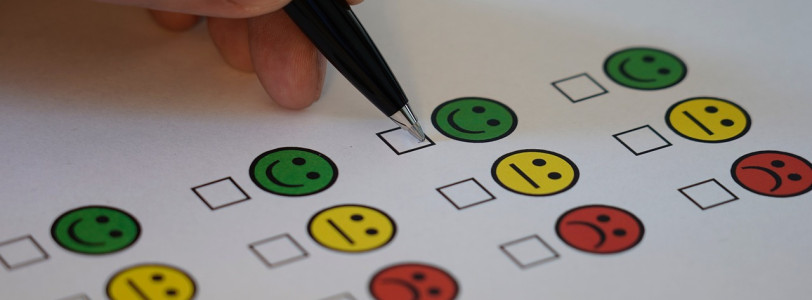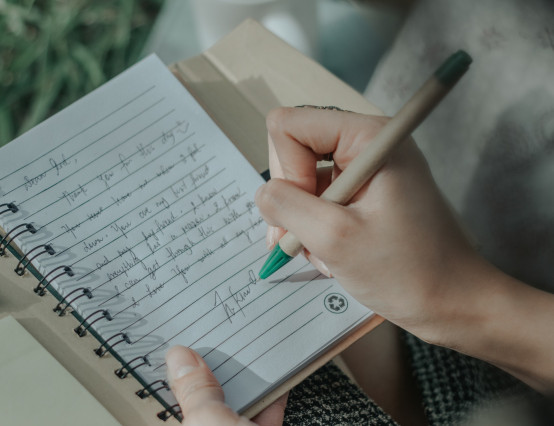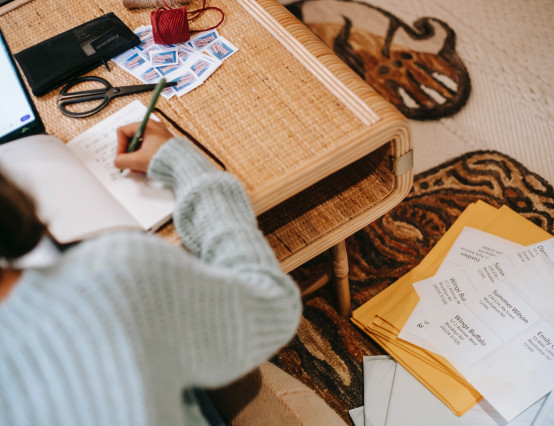Understanding and reflecting on the success of an art project can be hard, especially when trying to look beyond your initial reaction and understand a piece in a wider context. Whether you’re in the middle of your Gold Arts Award, or stepping up from your Bronze to Silver and are looking to reflect on your latest art challenge or project, there are various tools you can use to help you reflect.
Digital tools to help you reflect
Trello
Known for being a project management tool, Trello boards can also help you quickly list and categorise your thoughts. Use a different heading for each aspect of the project you want to reflect on, and capture your thoughts related to that item.
Micro.com
Is an online mind-mapping tool. Mind maps are always useful to help reflect and shape ideas around an issue. Put the title of the project at the centre of the map, add all your negative thoughts, then positive thoughts, and then ideas for improvements to the spider's legs.
Conceptual tools to help you reflect
The ladder of inference
This is a great tool to use for not just project reflection, but difficult conversations in general.
The ladder of inference is a psychology that explains a person's thought processes. Seven steps connect like rungs on a ladder. People move through a process of thinking, from observing reality to interpreting it and performing actions based on interpretations. This ladder can help you review your thought process and check for consistency.
To use the ladder, identify where you currently sit on the ladder. Then, identify any assumptions you’ve already made, gather your facts, and start the ladder again from the bottom. Find out more about how to use The Ladder of Inference.
I like, I wish, What If
This thinking tool can help you turn a negative into a positive, particularly if you don’t feel like a project was successful. This one works great if you can map it on a wall, placing sticking notes under each heading. Spent 10 to 15 minutes on each heading - I liked XYZ about the project, but I wish ABC would have been done differently, what if 123 was used next time? It’s also a great tool to use in a group.
Rose, Thorn, Bud
A similar thinking tool to the above one, this method can help you identify and overcome challenges and look to the future with the bud section. Map the headings on a wall, and use post-it notes to spend 10 to 15 minutes thinking about each area.
- Rose - What are the highlights of the project? What was most successful for you?
- Thorn - What was most stressful? What was the cause of this stress?
- Bud - What are you looking forward to? Where are the growth opportunities?
Use the 4 F’s
A more detailed way of reflecting on a project, the 4 F’s can help you keep an open mind and work through your reactions and opportunities for change.
Facts: What happened?
Feelings: Your emotional reactions to the project, whether grounded in fact or not.
Findings: What did you learn? Any skills that you feel you’ve gained?
Future: How can you use these learnings to shape future projects?
Read more about the 4Fs and how to use them.
This isn’t an exhaustive list of resources, but hopefully, it’s a good starting point for you to reflect on your art project. Why not let us know how it went by adding your self-reflection to Voice Mag.










0 Comments